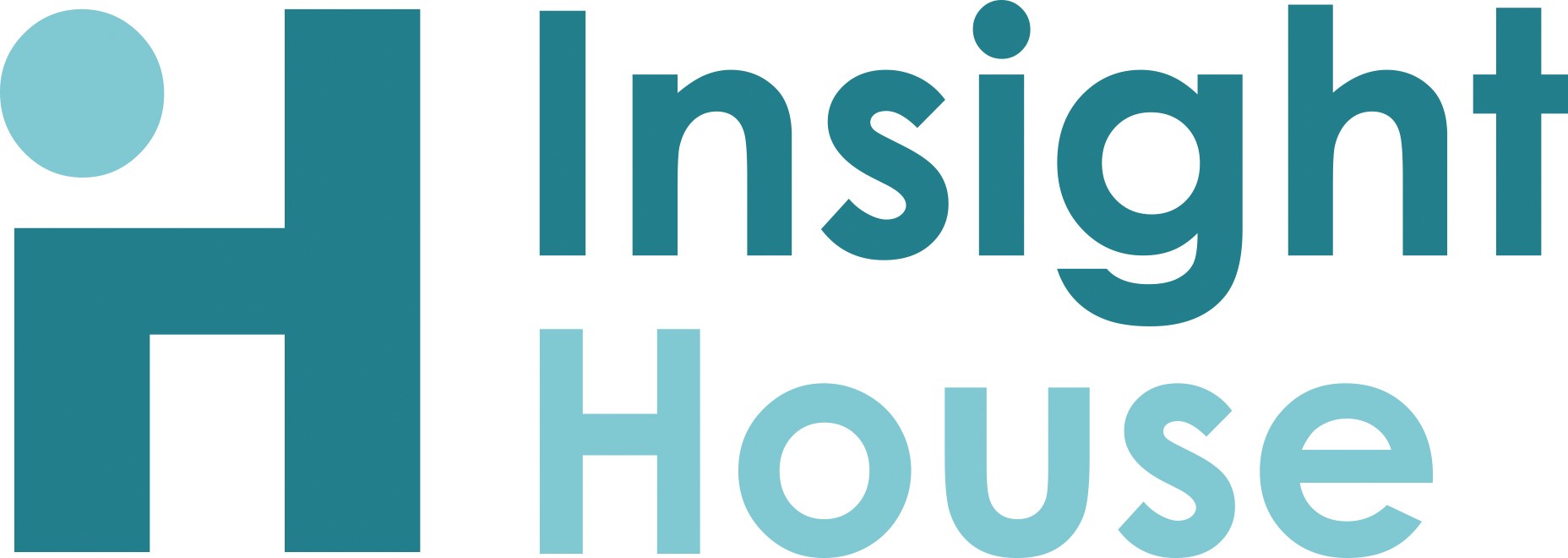Lumo Trains
A customer-led strategy led by behaviour



The Client:
Lumo Trains is part of First Group, operating routes across the company
The Brief:
In October 2021 Lumo Trains, part of First Group, introduced a new single class open access service between London, the north and Edinburgh.
Lumo Trains set about delivering their proposition in a customer centric fashion, with the customer lens applied throughout the whole experience and across all customer touchpoints. In order to do so they needed to get under the skin of their potential customers and be able to prioritise them appropriately.
They needed insight to decide the strategy.
Before the service launched, our objective was to create a segmentation defined by known travel behaviours:
- Why they travel (business, leisure, commuter, mixture of these)
- Frequency of travel
- Where do they travel to?
- Current attitudes towards rail travel – what are the friction points we need to overcome (e.g., price, crowding, punctuality)
- Identify opportunities (e.g. speed, eco-friendly, etc)
- Retail channel they choose
- Which marketing channel, content and offers would perform best
The Challenge:
An individual’s travel behaviour is complex and variable depending on circumstances and many external influences, each trip having a different purpose.
Lumo Trains wanted to identify and understand the groups of customers who were on the route at any time, plus how customers with different behaviour traits might book and interact with the service.
For example, a customer in fun mode is likely to book with a longer lead time than the same customer on a business trip. Their behaviour on board is also likely to be different.
We would not want to treat a customer the same on all occasions they travelled, wanting to be aware that they may want to sit in a different ‘carriage’ on different trips and so be able to market appropriately for those potential decisions.
Our Approach:
Our methodology represented a move away from the more traditional approach of segmenting train journeys by leg, ticket type, etc and try to understand this at a customer level.
TIH methodology uses a proprietary process that teases out what can often be masses of ‘thin’ data sets into polar opposites, the number and magnitude is dictated by the data itself.
TIH use an evolutionary process that starts off with pure data, seeks out patterns, trends, clusters from the amalgamated mass of information, steered through each generation of ‘kneading’ to keep valid and useful characteristics until we get to the current solution which is capable of including all customers in an effective segment.
The segments are built with their usability for strategic planning central to their acceptability.
The Output:
Given the changing attitudes depending on where you are traveling and why, customers were segmented via behaviour – lead time, ticket type, number of people in your party, where tickets were bought, etc.
Identified customer need by profiling; which customers on which days and journeys had heavier luggage, for example.
Five discreet and homogenous behavioural segments were identified and constructed according to confidence, anxiety, independence, fun and potential for complaint.
Business Impact:
Utilising the knowledge from the segmentation allows for the delivery of a customer directed service that is appropriate for each traveller on each trip. As per many other types of segmentations, a customer can often be more like a chameleon, changing their preferences and relationship with the event / brand depending on their changing circumstances.
A different approach to staff training was taken forward – staff were trained to know who was on a journey. This ranged from identifying business or pleasure passengers, but also those with higher anxiety, for example. Staff would know to pass through the carriage with an anxious passenger more often to add reassurance and the opportunity to easily seek help or advice.
Customers were given a more personal service in communications, based on their actual behaviour.
Targeted marketing communications for customers based on their actual travel behaviour, including reasons for travel, buying behaviour (early or late) and frequency.
